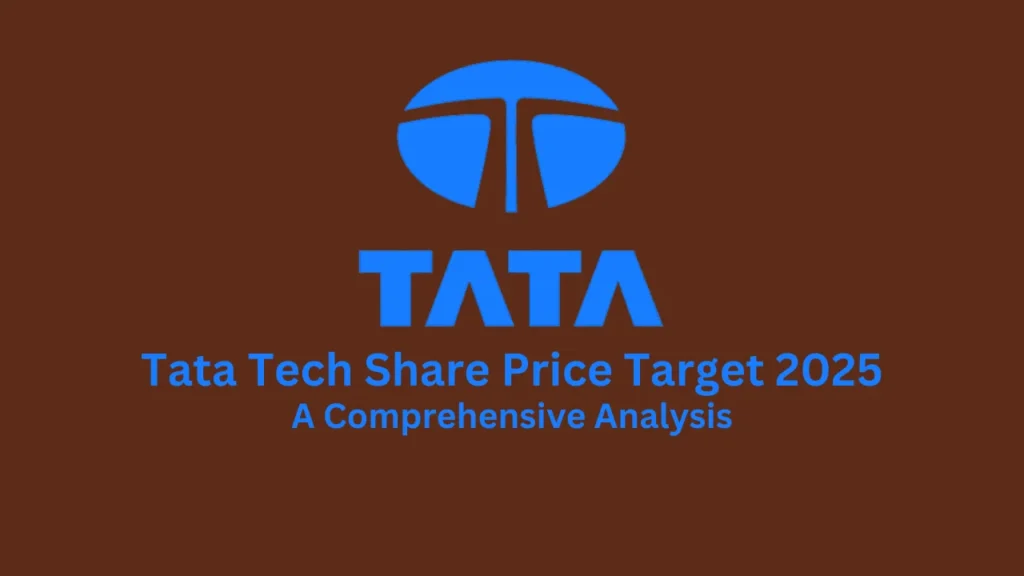The Indian financial market has undergone a massive transformation over the last two decades. Gone are the days when investors relied solely on paper share certificates to prove their ownership of company shares. Today, the trend is completely digital, and SEBI (Securities and Exchange Board of India) has made it mandatory for all share transactions to take place in electronic form. If you still hold physical share certificates, it’s time to convert physical shares to demat to avoid future complications.
This blog will guide you through the step-by-step process, the documents required, benefits, and why it’s important to make the shift as soon as possible.
Why Should You Convert Physical Shares to Demat?
Before we dive into the process, let’s understand why converting your physical shares is crucial:
- Regulatory Requirement: Since April 2019, SEBI has prohibited the transfer of shares in physical form, except in cases like transmission or name change.
- Risk Reduction: Physical certificates can be misplaced, damaged, or stolen.
- Ease of Trading: Electronic form ensures faster transactions and easy portfolio management.
- No Paperwork: Eliminates the need for cumbersome paperwork during buying, selling, or transferring shares.
Simply put, convert physical shares to demat to stay compliant, protect your investments, and enjoy the convenience of modern trading.
What Is Dematerialization?
Dematerialization, often called “demat,” is the process of converting your paper-based share certificates into electronic format. This electronic record is maintained in a demat account, just like a bank account holds money. In India, demat accounts are managed by two depositories: NSDL (National Securities Depository Limited) and CDSL (Central Depository Services Limited) through registered intermediaries called Depository Participants (DPs).
Step-by-Step Guide: How to Convert Paper Shares to Demat
If you are wondering how to convert paper shares to demat, here is the step-by-step process:
Step 1: Open a Demat Account
The first step is to open a demat account with a Depository Participant (DP) such as a bank, stockbroker, or financial institution. This account will hold your shares in electronic format. You will need:
- PAN Card
- Address Proof
- Passport-size Photographs
- Bank Account Details
Step 2: Fill the Dematerialization Request Form (DRF)
Collect the Dematerialization Request Form (DRF) from your DP. Fill it accurately, ensuring your details match those on your share certificates.
Step 3: Submit Original Share Certificates
Attach your physical share certificates to the DRF. On each certificate, write “Surrendered for Dematerialization.”
Step 4: Verification by Registrar and DP
Your DP forwards the DRF and certificates to the company’s registrar for verification. The registrar checks the authenticity and confirms with the depository.
Step 5: Credit to Demat Account
Once verified, your shares are credited to your demat account. This usually takes 2–4 weeks, depending on the company and registrar’s processing time.
Documents Required for Dematerialization
Keep the following documents ready to avoid delays:
- PAN Card copy
- Address proof (Aadhar, Passport, or Utility Bill)
- Original physical share certificates
- Duly filled and signed DRF
- Client Master List (CML) of your demat account
Important Points to Remember
- Names on the share certificates and demat account must match exactly. In case of a mismatch, correction or name change is needed before submission.
- If the share certificate is lost, apply for a duplicate certificate with the company’s registrar.
- For joint holdings, all holders must sign the DRF.
Benefits of Converting Shares to Demat
- Safe and Secure: No fear of theft, forgery, or physical damage.
- Easy Transfer: Shares can be sold or transferred quickly through your broker.
- Lower Costs: No stamp duty on electronic transfers.
- Better Portfolio Management: All investments can be tracked online in one place.
Challenges in Dematerialization
Sometimes, investors face problems like:
- Signature Mismatch
- Name Discrepancy
- Untraceable Companies or Registrars
- Lost Share Certificates
In such cases, additional documents like an affidavit, indemnity bond, or name correction proof may be required.
This is where professional assistance comes in handy.
How to Handle Inherited or Old Shares
If you’ve inherited shares from family or hold very old certificates, the process involves:
- Submitting a death certificate of the original holder
- Providing a succession certificate or legal heirship proof
- Completing KYC for the new holder
Why Start Now?
As companies and regulators move toward complete digitalization, delaying dematerialization can make the process more complex. Old investments may also be linked to unclaimed dividends, which you can recover only after converting the shares into demat.
If you are still searching for how to convert paper shares to demat, the right time to act is NOW.
Seek Expert Help
If you have multiple certificates, missing documents, or legal complications, a professional recovery service can make the process easier. They will assist you in:
- Locating old investments
- Completing KYC and compliance
- Coordinating with registrars and depositories
- Recovering unclaimed dividends and bonuses
Conclusion
Dematerialization is no longer optional—it’s mandatory and beneficial for every investor. If you are holding old share certificates, take the first step toward digitalizing your investments today. The process is simple, safe, and brings multiple benefits like security, easy access, and better portfolio management.
For professional assistance with dematerialization and recovering old investments, trust the experts at Unclaimed Investment Recovery Company



